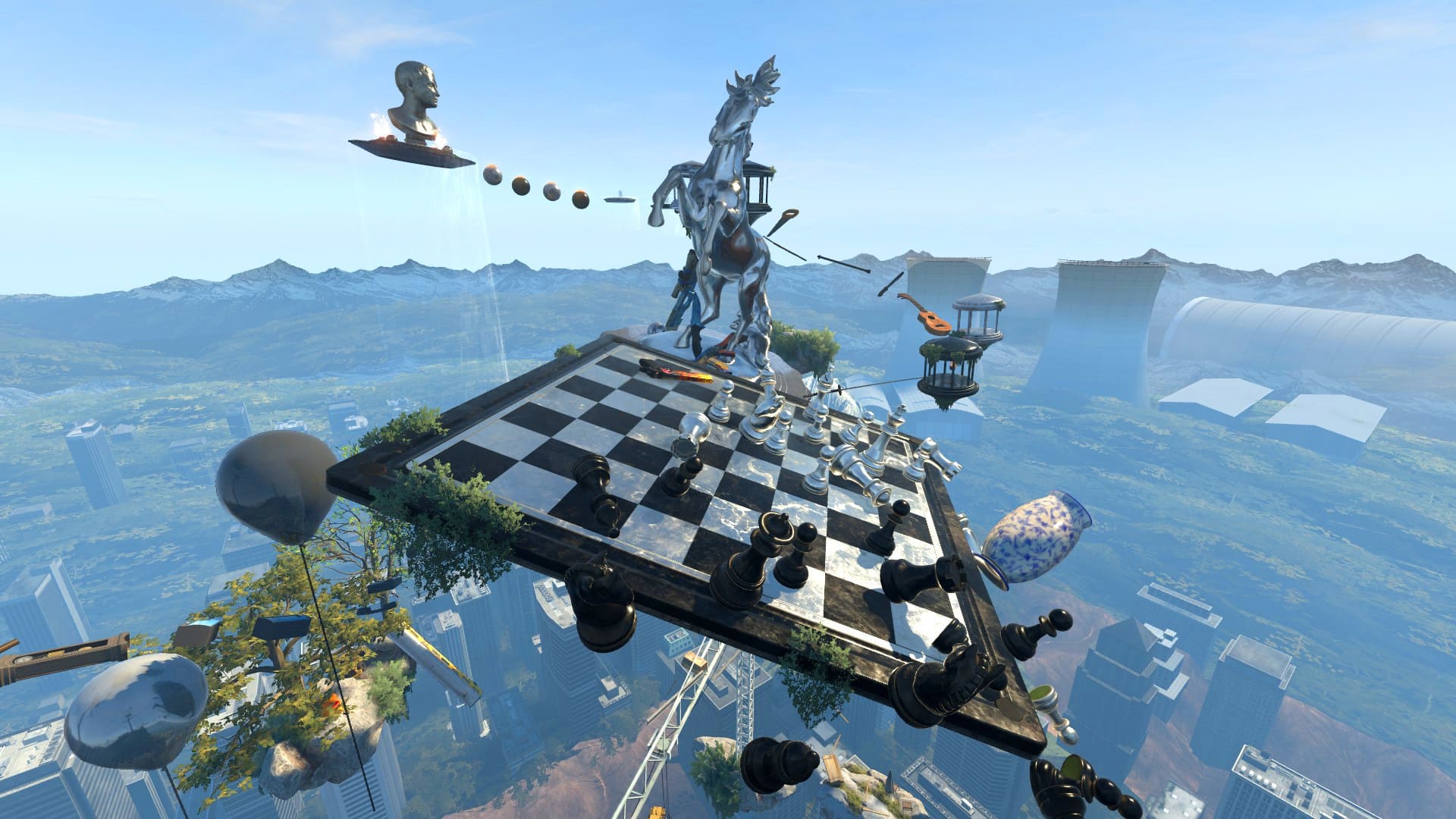Capturing Moments
Your go-to blog for photography tips and inspiration.
KZ Maps: Where Gravity Gets a Reality Check
Explore KZ Maps and discover mind-bending gravity challenges that defy reality. Dive into a world where physics takes a thrilling twist!
Exploring the Science Behind KZ Maps: How Gravity is Redefined
The study of KZ Maps has brought a revolutionary perspective to how we understand gravity. Traditional theories often consider gravity as a force that acts uniformly, but KZ Maps suggest a more nuanced approach. By plotting gravitational influences in a two-dimensional space, researchers can visualize how different factors, such as mass distribution and spatial curvature, interact to redefine our perception of gravity. This innovative mapping technique allows scientists to identify anomalies and variances in gravitational pull, providing deeper insights into the cosmos.
Furthermore, the implications of KZ Maps extend beyond theoretical physics into practical applications. For instance, in engineering and architecture, understanding how gravity works in different contexts can lead to safer and more efficient designs. By adopting KZ Maps, engineers can predict how structures will respond to gravitational forces under various conditions. This shift towards a more interactive view of gravity illustrates the importance of advancing our scientific tools and methodologies. As we continue to explore these maps, the redefinition of gravity could pave the way for groundbreaking innovations in both science and technology.

Counter-Strike is a highly popular first-person shooter game that involves team-based gameplay, where players can choose to be either terrorists or counter-terrorists. One of the weapons featured in the game is the sawed off shotgun, known for its devastating close-range power. Players compete in various game modes, including bomb defusal and hostage rescue, honing their skills and strategies for victory.
Understanding the Unique Terrain of KZ Maps: A Guide to Navigation
When navigating the KZ Maps, understanding the unique terrain is essential for both newcomers and seasoned players alike. These maps often feature intricate layouts and diverse obstacles that require players to adapt their strategies consistently. To successfully traverse these terrains, it’s crucial to familiarize oneself with the specific features of each map, such as slopes, pits, and specific jump points. Here are some tips to enhance your navigation:
- Study the layout: Before you start your journey, take a moment to observe the map from different angles. Familiarity with the terrain goes a long way in improving performance.
- Practice specific maneuvers: Identifying tricky sections can help in repeatedly practicing maneuvers needed to overcome them.
- Utilize checkpoints: Many KZ Maps incorporate checkpoints that can assist in breaking down sections into manageable parts.
The unique terrain of KZ Maps not only presents challenges but also opportunities for skill development. As you explore each map, consider keeping a notes section in your gaming log to analyze your performance on various sections. Additionally, engaging with the KZ community through forums or game servers can provide insights from other players, offering tips and strategies that you might not have considered. Remember, the key to mastering KZ navigation lies in patience, practice, and a willingness to learn from both successes and failures.
What If Gravity Worked Differently? Insights from KZ Maps
Imagine a world where gravity didn't pull everything toward the center of the Earth. Instead, what if gravitational forces varied based on location, similar to the way atmospheric pressure changes? This idea opens up a fascinating discussion about how such a shift could impact our daily lives, architecture, and even environmental patterns. With the help of KZ Maps, we can visualize these gravitational anomalies, allowing us to explore scenarios where mountains might float or oceans defy expectations. Such concepts challenge our understanding of physics and provoke thought about the implications for life on Earth.
By examining the KZ Maps designed to illustrate alternative gravitational scenarios, we can see potential changes in both natural landscapes and human civilization. Consider the impact on transportation; vehicles would need to be re-engineered to adapt to varying gravitational pulls, while architecture might embrace unique designs that cater to a less predictable environment. Moreover, wildlife would also evolve in response to these new forces, leading to entirely different ecosystems. As we ponder the question of what if gravity worked differently, we unlock endless possibilities for creativity, innovation, and new scientific theories.